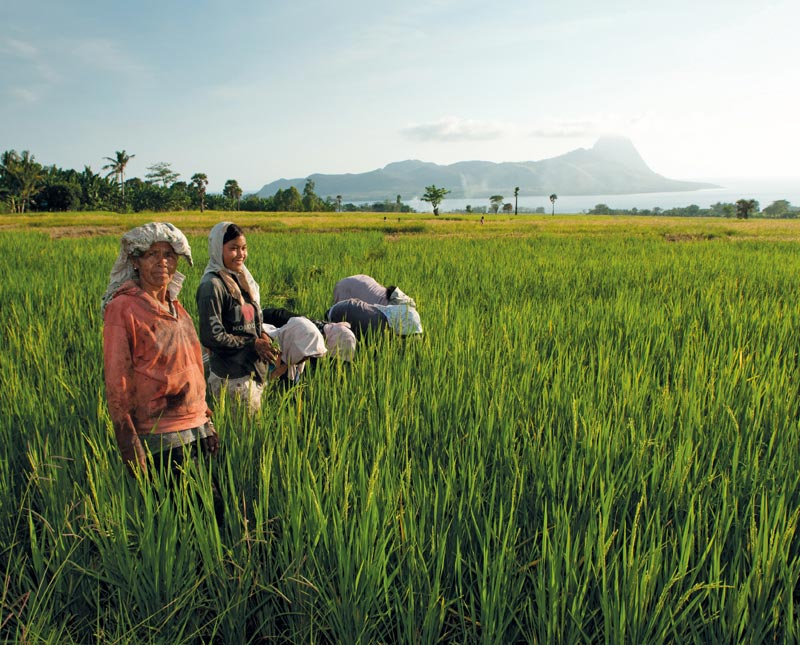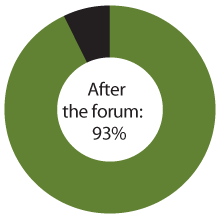
Global Issues
Sustainable Landscapes

The inaugural Global Landscapes Forum, organized by CIFOR and its partners, brought together the forestry and farming sectors to inform the global agenda on some of the world’s most challenging issues.
Most of the world’s forests interact in a landscape with other land-use types, such as farms and settlements. Yet even though different land uses are interconnected socially and biophysically, they’ve long been managed in isolation. The result is all around us: unsustainable land use, greenhouse gas emissions, loss of ecosystem services, and unnecessary risks for livelihoods and food production.
To help resolve this fragmentation, throughout 2013, CIFOR intensified calls for a landscapes approach. Under this approach, the barriers between sectors – forestry and farming, conservation and development – are broken down, land management becomes integrated and sustainable solutions emerge. The landscapes approach offers a way to address global problems such as food insecurity, climate change and poverty.
The idea of the landscapes approach stimulated widespread interest, culminating in the two-day Global Landscapes Forum in Warsaw in November. CIFOR, one of two coordinating partners, worked with 62 other organizations to place sustainable landscapes firmly on the global agenda.
“The future of forests, food and climate are so closely bound that it is vital that we start developing a shared agenda.”
Rachel Kyte, Vice President for Sustainable Development, World Bank
Keynote speech at Global Landscapes Forum, 17 November 2013
A Forum of Millions
CIFOR and CCAFS, the two coordinating partners, ran one of the largest outreach and communications operations for any event in CGIAR’s history.

3.6 million
Ten principles, ten thousand views
In 2013, CIFOR’s most cited article was “Ten principles for a landscape approach to reconciling agriculture, conservation and other competing land uses” (Sayer et al. PNAS). In addition, a related presentation was the most viewed on SlideShare, and Landscapes.org received more than 42000 unique visitors
At the Forum
36
63
>180
1004
1226
A Success For Delegates
Delegates who were familiar with the landscapes approach…


Participants who said that the Global Landscapes Forum…
83%
85%
89%
85%
84%